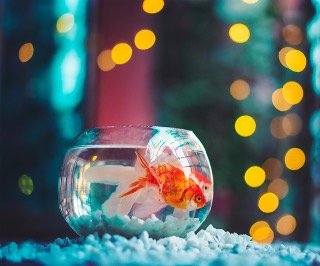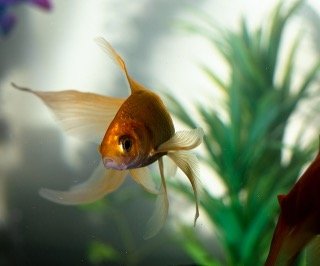
Introduction
One of the most crucial—yet most frequently neglected—aspects of fishkeeping is quarantining young fish. It’s crucial to go over the reasons why you should quarantine new fish and what to do if you introduce fish without doing so. You’ll need a few supplies and specific instructions to quarantine your fish effectively when buying new fish. Let’s get going!
Why Should I Keep My New Fish in Quarantine?
Understanding why you must quarantine your new fish is the first stage in the quarantining process. Regardless of where your fish are coming from, quarantine is a smart practice. Fish in large-scale breeding operations frequently contract illnesses and parasites including ich, flukes, and fish tuberculosis. No new fish can be guaranteed to be disease-free because some diseases might develop even in the best breeding conditions. Large breeding facilities and big-box pet stores are sites where illnesses are more prevalent, although they can occur everywhere.
What if I have already stocked the aquarium without quarantining new fish?
Don’t freak out if you’ve already added new fish to your tank without quarantining them beforehand! There are still ways to maintain the health of your tank. Especially if the new fish have been in the tank for a few weeks, your best option is to do nothing. You can decide to keep a careful eye on the aquarium and look out for any symptoms of illness in your new or old fish. This implies that you should keep an eye out for signs like fin clamping, rapid breathing, sores, lethargy, white specks on the scales and fins, redness, jagged or damaged fins, and lack of appetite or difficulties eating. To get rid of risks before you notice symptoms, you can also go ahead and treat your entire tank with broad range medications.
How to Quarantine Fish: 6 Steps
- First Tank Setup
Before putting any new fish in your tank, make sure it is fully operational. Your water should be well-aerated and your filtration system should be working properly.
2. Monitor Species
Utilize the test kit to periodically check the water’s characteristics. You should be checking water parameters daily and treating the water accordingly to help eliminate or neutralize toxins if your quarantine tank was not cycled when you installed your new fish. When the tank has completed its cycle, you can check the water parameters every few days to make sure everything is in order.
You may also like to read Why Don’t Goldfish Live Longer?
3. Treat infectious diseases and external parasites
Apply an external anti-parasitic drug like PraziPro or ParaGuard once your fish have settled into the quarantine tank for a day or two. Completely adhere to all directions and make any water adjustments advised on the product label. Keep in mind that if the fish you brought home are already sickly or frail, any therapies you give them may be too stressful for them and cause their death. To make sure fish are healthy enough to be moved to your main tank, you must unfortunately incur this risk.
4. Include aquarium salt.
Once you’ve finished the prior stage, you can begin adding aquarium salt. Aquarium salt can be added once the prior treatment is finished and any necessary water adjustments have been made. Aquarium salt is a fantastic ich treatment that can help keep it out of your main tank. It is advisable to use aquarium salt in a quarantine tank because it is harmful to plants and invertebrates.
5. Internal parasite and infectious disease treatment
Perform water changes over a few days to eliminate as much salt as you can from your tank once the salt treatments are finished before starting a medicine treatment. Internal parasite and infectious illness treatment is an optional but advised stage in the quarantine procedure.
6. Transport Your New Fish
Your fish are now prepared to enter their new home after completing these stages! Quarantine should endure for at least two weeks, although it can go on for four or more. Don’t hurried the procedure. You want to properly quarantine for the safety of your current fish as well as to make the quarantine time as safe as possible for your new fish.
Conclusion
Fish quarantining takes time, but it’s ultimately worthwhile. It might be unpleasant for you, the new fish, and your existing fish to add new fish, therefore quarantining helps to make sure everyone is content and healthy. Fish with parasites or diseases frequently come from pet stores or breeders. Sometimes it takes a few days or weeks before you even start to feel sick. During a quarantine, you can keep an eye out for these indications of sickness and administer preventative care.





